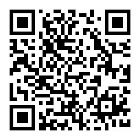ANSI/ASTM D4065-2001 塑料動(dòng)態(tài)機(jī)械特性測(cè)定和報(bào)告慣例
作者:百檢網(wǎng) 時(shí)間:2021-07-16
中文標(biāo)準(zhǔn)名稱:塑料動(dòng)態(tài)機(jī)械特性測(cè)定和報(bào)告慣例
英文標(biāo)準(zhǔn)名稱:Practice for Determining and Reporting Dynamic Mechanical Properties of Plastics (08.03)
標(biāo)準(zhǔn)類型:G31
發(fā)布日期:1999/12/31 12:00:00
實(shí)施日期:2001/9/25 12:00:00
中國(guó)標(biāo)準(zhǔn)分類號(hào):G31
國(guó)際標(biāo)準(zhǔn)分類號(hào):83.080.01
適用范圍:This practice is for general use in gathering and reporting dynamic mechanical data. It incorporates laboratory practice for determining dynamic mechanical properties of plastic specimens subjected to various oscillatory deformations on a variety of instruments of the type commonly called dynamic mechanical analyzers or dynamic thermomechanical analyzers. This practice is intended to provide means of determining the transition temperatures, elastic, and loss moduli of plastics over a range of temperatures, frequencies, or time, by free vibration and resonant or nonresonant forced vibration techniques. Plots of elastic and loss moduli are indicative of the viscoelastic characteristics of a plastic. These moduli are functions of temperature or frequency in plastics, and change rapidly at particular temperatures or frequencies. The regions of rapid moduli change are normally referred to as transition regions. The practice is primarily useful when conducted over a range of temperatures from 160C to polymer degradation and is valid for frequencies from 0.01 to 1000 Hz. This practice is intended for materials that have an elastic modulus in the range from 0.5 MPa to 100 GPa [73 psi to 1.5 10 psi]. Discrepancies in results are known to arise when obtained under differing experimental conditions. Without changing the observed data, reporting in full (as described in this practice) the conditions under which the data were obtained will enable apparent differences observed in another study to be reconciled. An assumption of this technique is that testing is conducted in the region of linear viscoelastic behavior. Different modes of deformation, such as tensile, bending and shear, are used, as listed in the referenced test methods. Test data obtained by this practice are relevant and appropriate for use in engineering design. The values stated in SI units are to be regarded as standard. The values given in brackets are for information only. This standard does not purport to address all of the safety concerns, if any, associated with its use. It is the responsibility of the user of this practice to establish appropriate safety and health practices and determine the applicability of regulatory limitations prior to use. Specific hazards statements are given in Section . Note 1This practice is equivalent to ISO 6721-1.
相關(guān)標(biāo)準(zhǔn)
《GB/T18454-20196.5》液體食品無(wú)菌包裝用復(fù)合袋
《QB/T1999-19945.2》密胺塑料餐具
《GB/T10457-20097.7》食品用塑料自粘保鮮膜
《GB/T10457-20097.11》食品用塑料自粘保鮮膜
《GB/T10457-20097.9》食品用塑料自粘保鮮膜
《GB/T16719-20086.6》雙向拉伸聚苯乙烯(BOPS)片材
《QB1259-19915.5》聚乙烯氣墊薄膜
《GB/T18454-20196.2》液體食品無(wú)菌包裝用復(fù)合袋
《NY/T658-20154.2》綠色食品 包裝通用準(zhǔn)則
百檢能給您帶來(lái)哪些改變?
1、檢測(cè)行業(yè)全覆蓋,滿足不同的檢測(cè);
2、實(shí)驗(yàn)室全覆蓋,就近分配本地化檢測(cè);
3、工程師一對(duì)一服務(wù),讓檢測(cè)更精準(zhǔn);
4、免費(fèi)初檢,初檢不收取檢測(cè)費(fèi)用;
5、自助下單 快遞免費(fèi)上門取樣;
6、周期短,費(fèi)用低,服務(wù)周到;
7、擁有CMA、CNAS、CAL等權(quán)威資質(zhì);
8、檢測(cè)報(bào)告權(quán)威有效、中國(guó)通用;
客戶案例展示
相關(guān)商品
相關(guān)資訊

最新資訊
版權(quán)與免責(zé)聲明
①本網(wǎng)注名來(lái)源于“互聯(lián)網(wǎng)”的所有作品,版權(quán)歸原作者或者來(lái)源機(jī)構(gòu)所有,如果有涉及作品內(nèi)容、版權(quán)等問(wèn)題,請(qǐng)?jiān)谧髌钒l(fā)表之日起一個(gè)月內(nèi)與本網(wǎng)聯(lián)系,聯(lián)系郵箱service@baijiantest.com,否則視為默認(rèn)百檢網(wǎng)有權(quán)進(jìn)行轉(zhuǎn)載。
②本網(wǎng)注名來(lái)源于“百檢網(wǎng)”的所有作品,版權(quán)歸百檢網(wǎng)所有,未經(jīng)本網(wǎng)授權(quán)不得轉(zhuǎn)載、摘編或利用其它方式使用。想要轉(zhuǎn)載本網(wǎng)作品,請(qǐng)聯(lián)系:service@baijiantest.com。已獲本網(wǎng)授權(quán)的作品,應(yīng)在授權(quán)范圍內(nèi)使用,并注明"來(lái)源:百檢網(wǎng)"。違者本網(wǎng)將追究相關(guān)法律責(zé)任。
③本網(wǎng)所載作品僅代表作者獨(dú)立觀點(diǎn),不代表百檢立場(chǎng),用戶需作出獨(dú)立判斷,如有異議或投訴,請(qǐng)聯(lián)系service@baijiantest.com








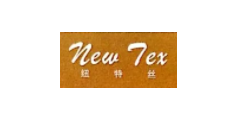
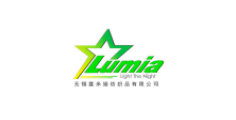
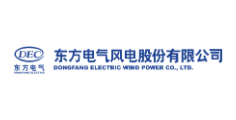


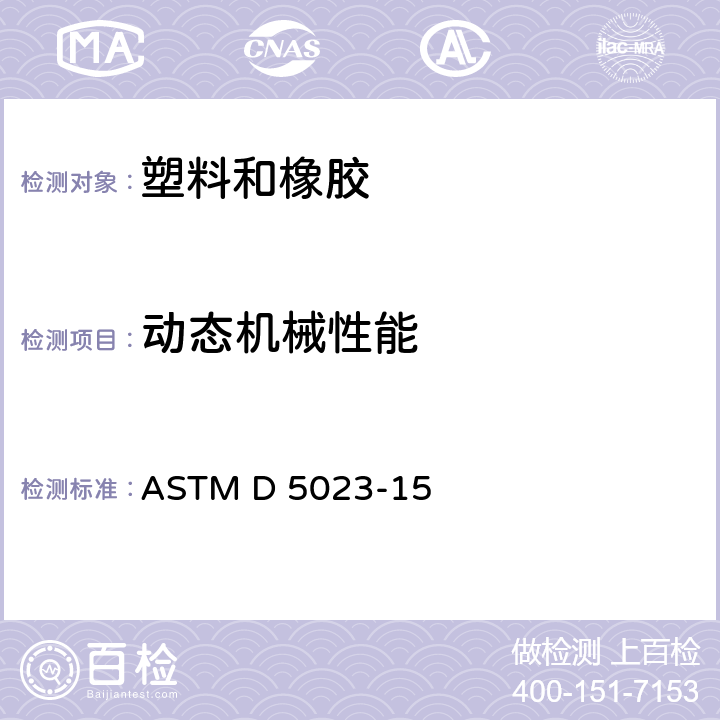
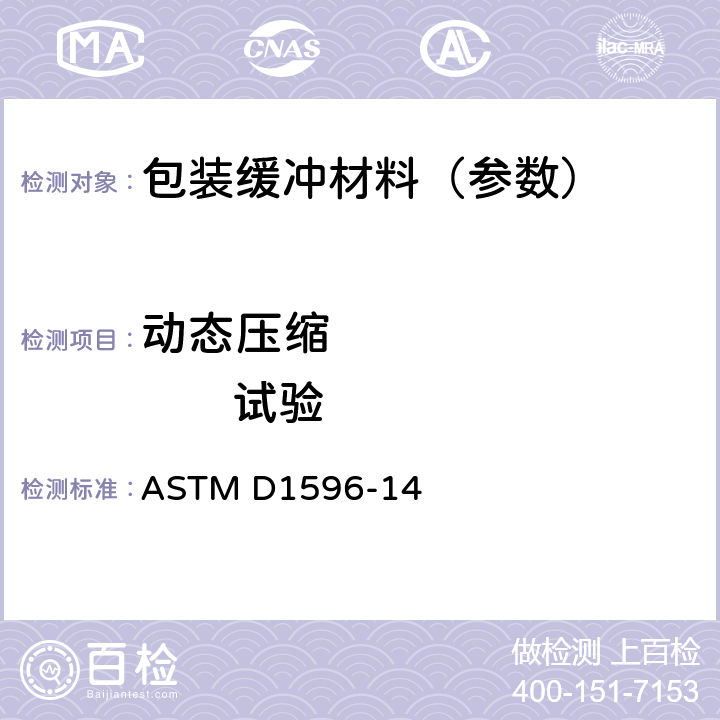
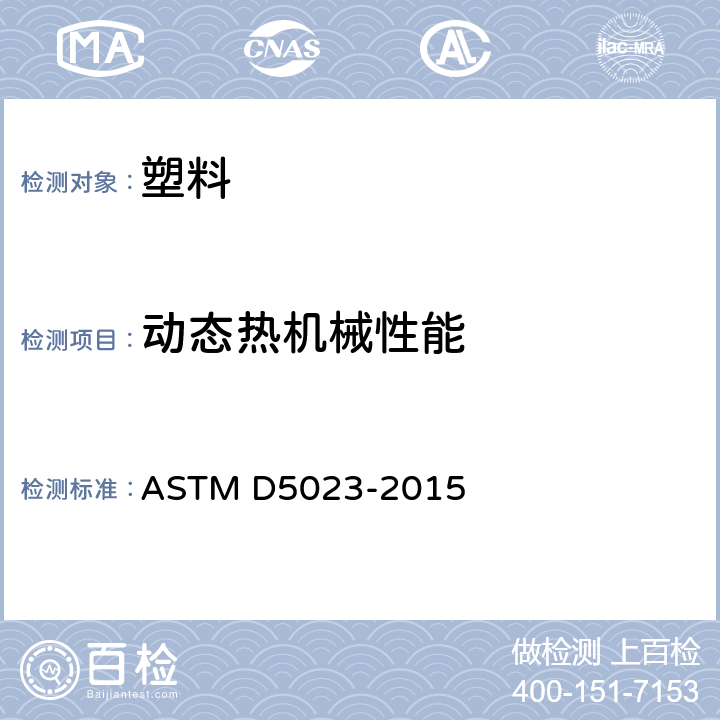

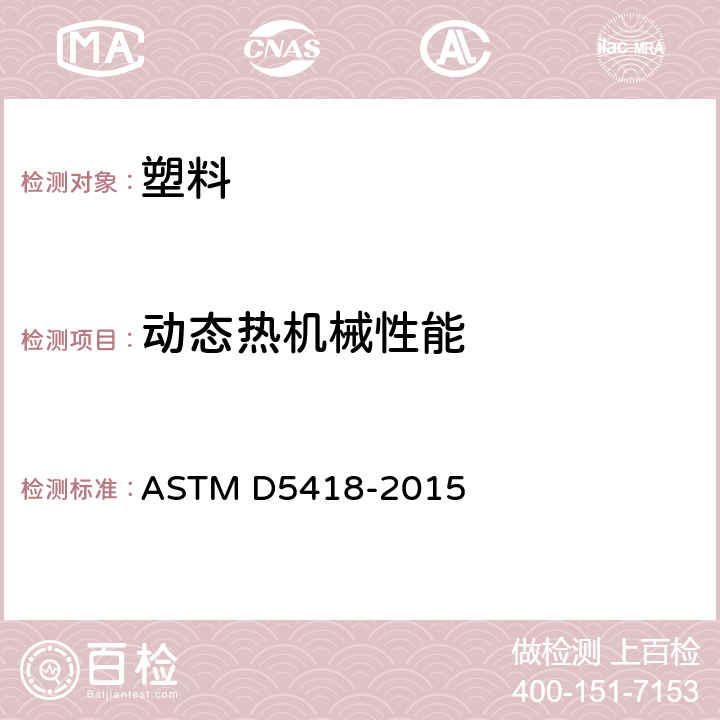
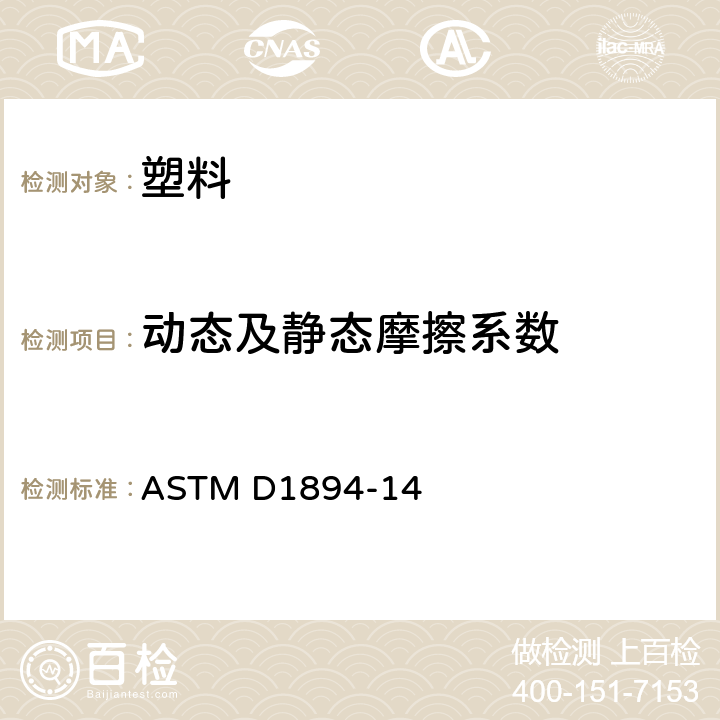



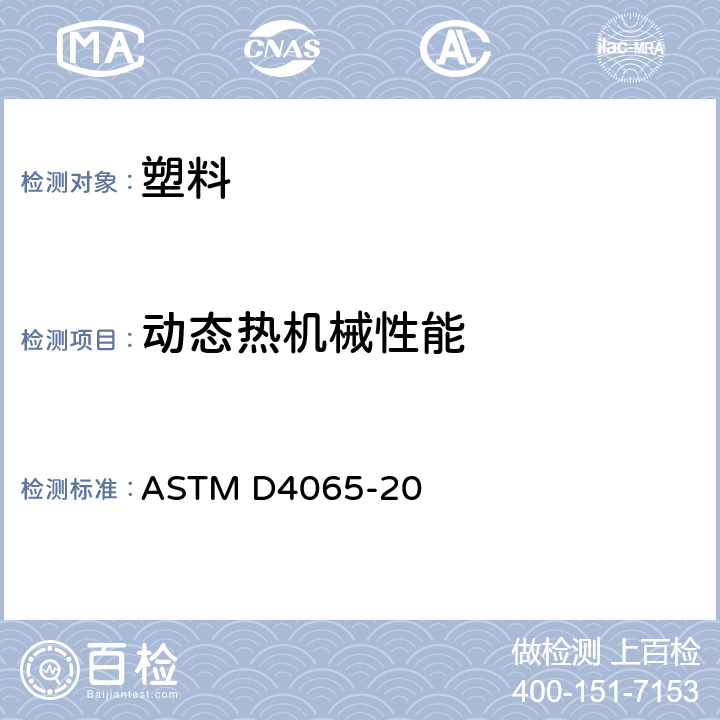


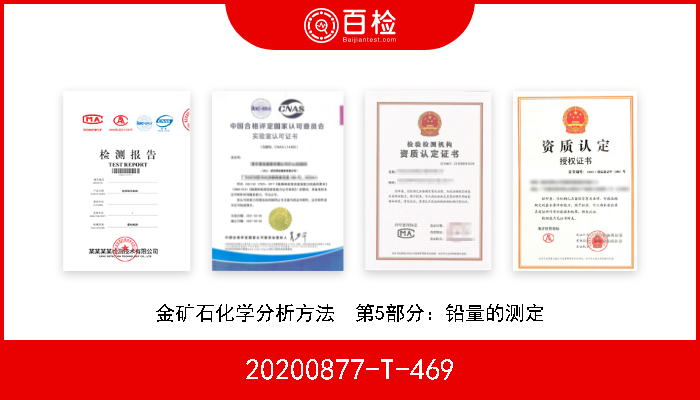
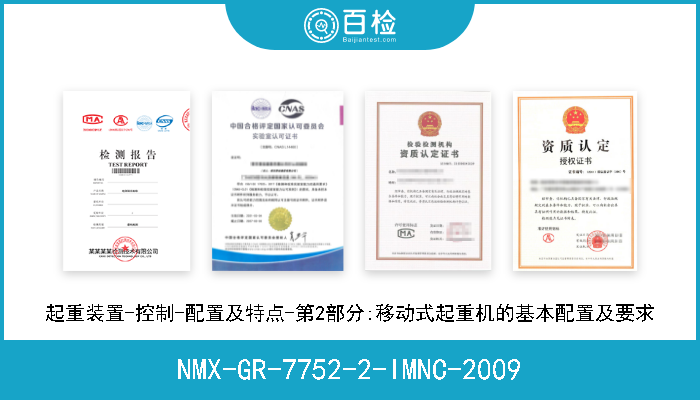
.png)
.png)
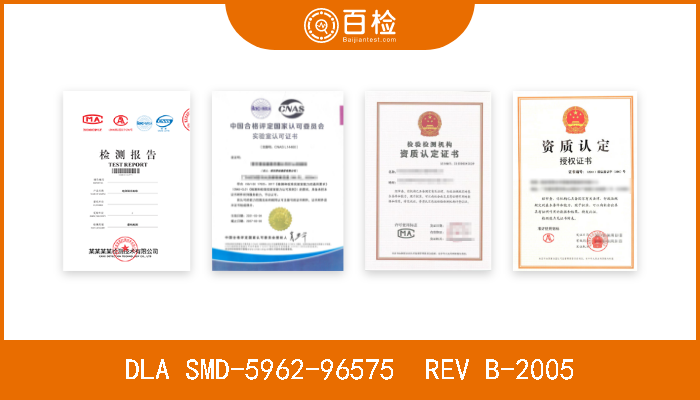
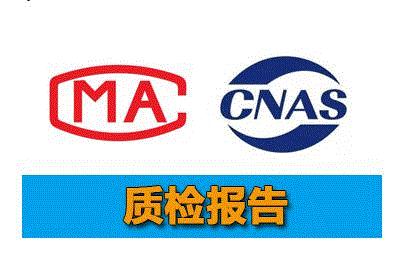
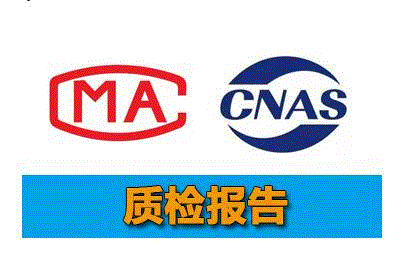
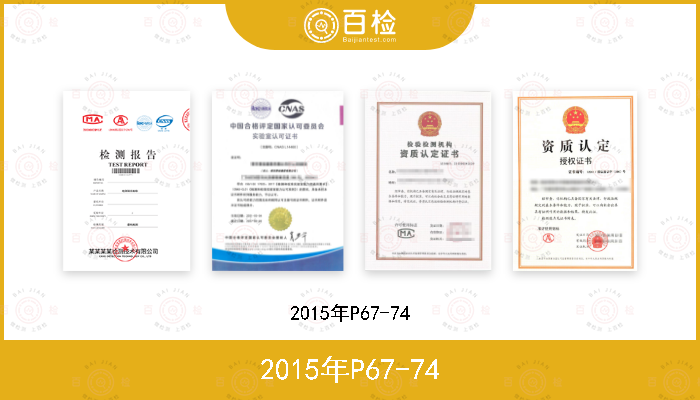


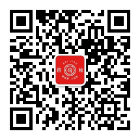
 400-101-7153
400-101-7153 15201733840
15201733840